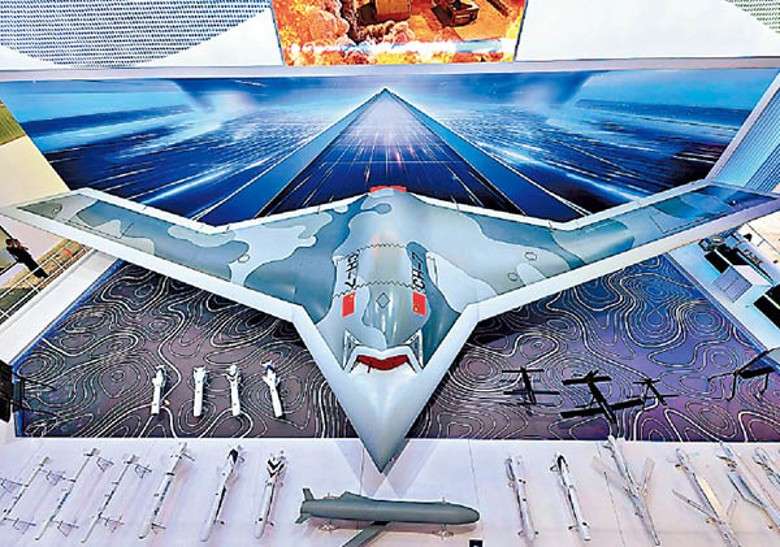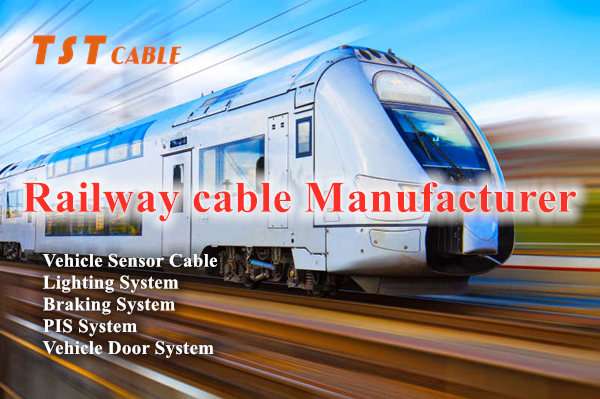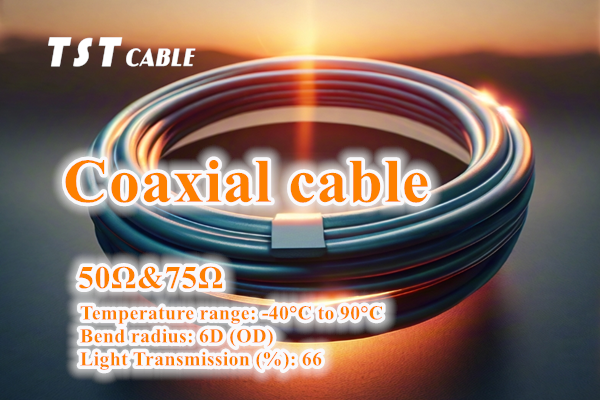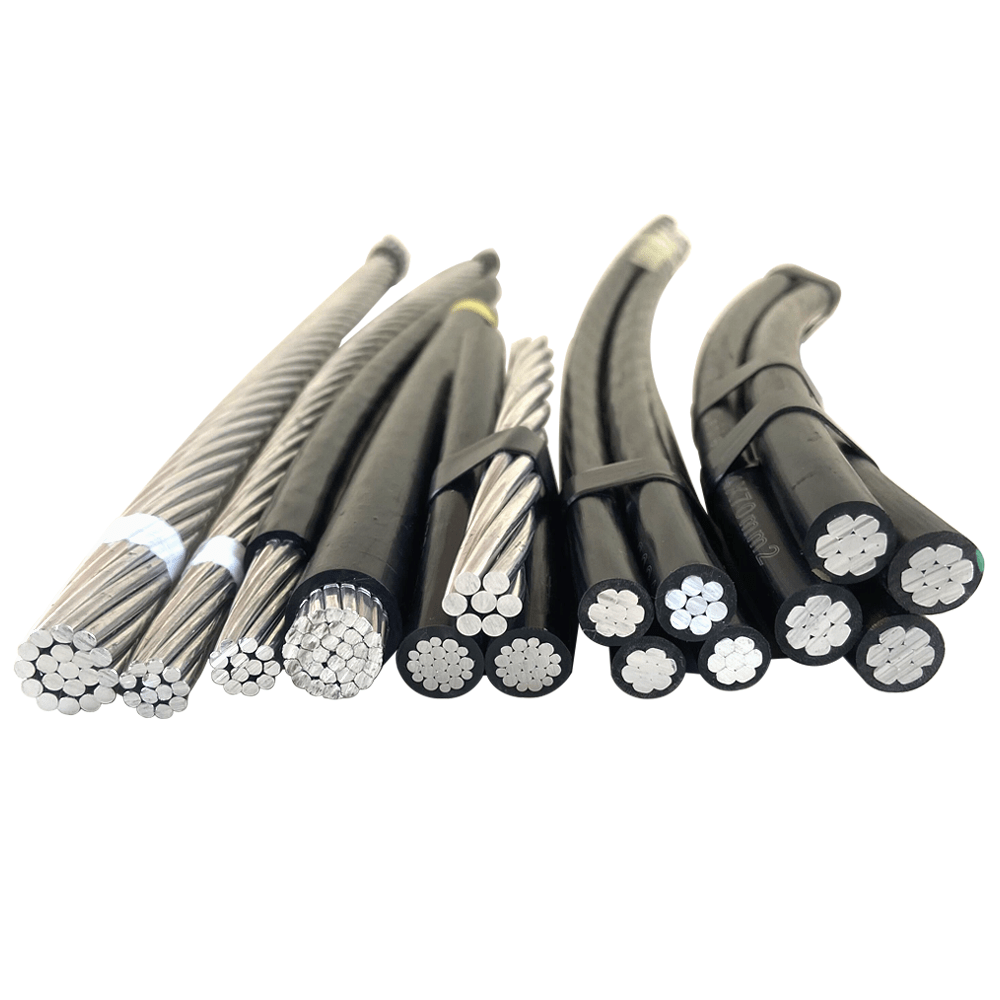Coaxial cable is a kind of data cable and one of the most widely used cables in daily life. It has good transmission performance and anti-interference performance, often used in a variety of communication and video transmission field. This is also true in railroad vehicles, where it is mainly used in railroad vehicle radio communications and electronic devices using similar technology.
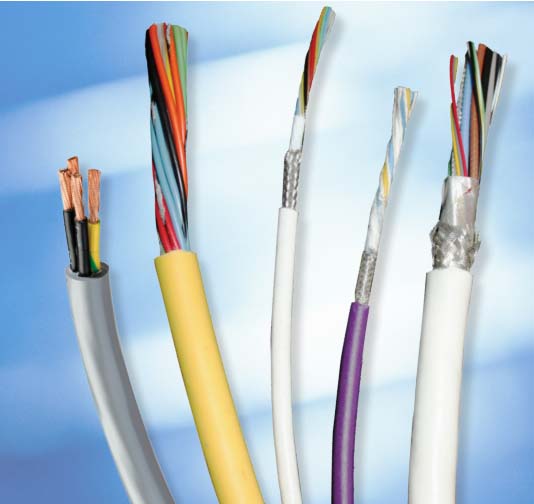
So what is coaxial cable? What is the difference between it and ordinary cable? In this article, Ty will take you to understand the coaxial cable.
Coaxial cable (Coaxial Cable) referred to as coaxial line, is a three-layer cladding cable composed of a copper center conductor, insulation, copper mesh and outer insulation casing. Among them, the center conductor is the transmission medium of the cable, while the insulation layer plays the role of isolation and protection of the conductor. However, different types of coaxial cables, such as 75Ω and 50Ω coaxial cables, use different conductors, insulation materials, and insulation thickness.
The history of coaxial cable
1, 1880 – Oliver Heavissey in England to obtain a patent for coaxial cable (patent number 1,407).
2, 1884 – Werner von Siemens in Germany to obtain a patent for coaxial cable.
3. 1941 – In the United States, AT&T laid the first commercial coaxial cable. And in Minneapolis, Minnesota, connected to Wisconsin’s Steuben-Poynter. The L1 system it used could accommodate one TV band or 480 telephone lines.
4.In 1956, the world’s first transatlantic coaxial cable, TAT-1 (Transatlantic No. 1), was laid.
The difference between coaxial cable and ordinary cable
Coaxial cable and ordinary cables, compared to its structure and transmission performance are very different, the core indicators for the special group resistance and attenuation.
1. Structure: coaxial cable has a layer of copper mesh inside, used to mask external interference signals, improve the quality of signal transmission. In addition, coaxial cable laying process, you need to maintain the distance between the conductor and the copper mesh, so that its central conductor can transmit signals, but also to ensure the linearity of the entire cable.
2. Transmission performance: coaxial cable has good anti-interference performance, its transmission rate is significantly higher than ordinary cable. In the case of changes in the electromagnetic field environment, it can also keep the signal clear and stable.
Coaxial cable types
Between the inner and outer conductors according to the insulation medium is mainly divided into:
Foam insulated cables: where the insulator of foam insulated cables is composed of physically foamed polyethylene material; foam insulated cables are generally used in the telecommunications industry, in the foam insulated RF coaxial cables, and according to the nature of the transmission is divided into transmission cables and leakage cables (LCX, Leaky Coaxial cable) two kinds of cables.
Air-insulated cable: air insulation refers to the insulating medium between the inner and outer conductors is air, the inner conductor is relying on the outer conductor and an insulating solid medium between the spiral support. Air-insulated cables are generally used for a variety of high-power RF transmission.
According to the shape of the outer conductor, coaxial cable is further divided into:
Corrugated coaxial cable: generally speaking, corrugated cable has better flexibility and reliability, bending radius performance is better compared to straight wall. Therefore, the industry is mainly used in the bellows outer conductor coaxial cable.
Straight wall coaxial cable:
According to the different materials of the outer conductor, the current transmission cable is mainly divided into two categories: copper feeder and aluminum feeder. Aluminum cable because of its relative to the international price fluctuations of copper and its own price fluctuation is relatively small, so it has a better cost advantage. As the inner conductor of aluminum cable still uses copper as the propagation medium, so its electrical performance and copper outer conductor cable is comparable, operators are slowly accepting this new feeder type.
Coaxial cable terminals
Coaxial terminals, or splices. Considered a short, rigid cable, it must be designed to have the same standard impedance as a cable, and RF signals will not be penetrated or lost from the interface location. High-quality cables are often silver or gold plated, and lower-quality ones are also tinned. Although silver is easily oxidized, oxidized silver is also electrically conductive, so old age does not affect the results too much.
Coaxial cable for rail transportation
Coaxial cable as a high-quality, high-speed, anti-interference ability of the transmission medium, in the field of communication and video transmission is widely used.
Coaxial cable used in rail transportation field has the basic characteristics of coaxial cable, but also need to have low smoke, halogen-free, flame retardant, flexible, light weight and other characteristics, mainly used in rail vehicle radio communications and electronic devices using similar technology.
In the choice of coaxial cable, according to different needs to choose different specifications, length or anti-jamming performance better products, to maximize the coaxial cable transmission quality and reliability.
TST CABLE Coaxial Cable
TST CABLE coaxial cables are characterized by low smoke and halogen-free flame retardant, low noise, light weight, high temperature and corrosion resistance. There are two types of 50Ω and 75Ω available.
Cable structure and characteristics:
TST CABLE focuses on cable applications and solutions in the field of rail transit, and is a cable manufacturer for rail transit that has been localized and passed the test of loading and running earlier in China.
TST CABLE has been deeply cultivating in the field of rail transportation for 11 years, and its products cover EN50264 series, EN50306 series, EN50382 series, reduced-thinning cables, data cables, sensor cables, crossover cables, high-temperature-resistant cables, high-cold cables, and so on.
TST CABLE products are applicable to rolling stock, high-speed rail, subway, urban rail, ordinary locomotives and other models, and are committed to promoting the continuous innovation of connection and transmission technology and products in the field of rail transportation.TST CABLE cables, with the spirit of craftsmanship of excellence, continue to create professional and reliable cables as well as high-quality and sustainable solutions to win the support and trust of many customers.
Also available in:
English


